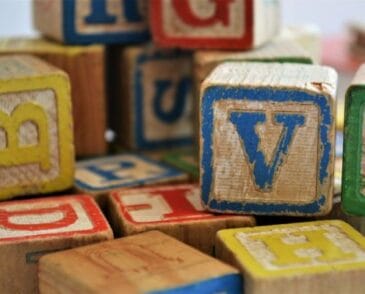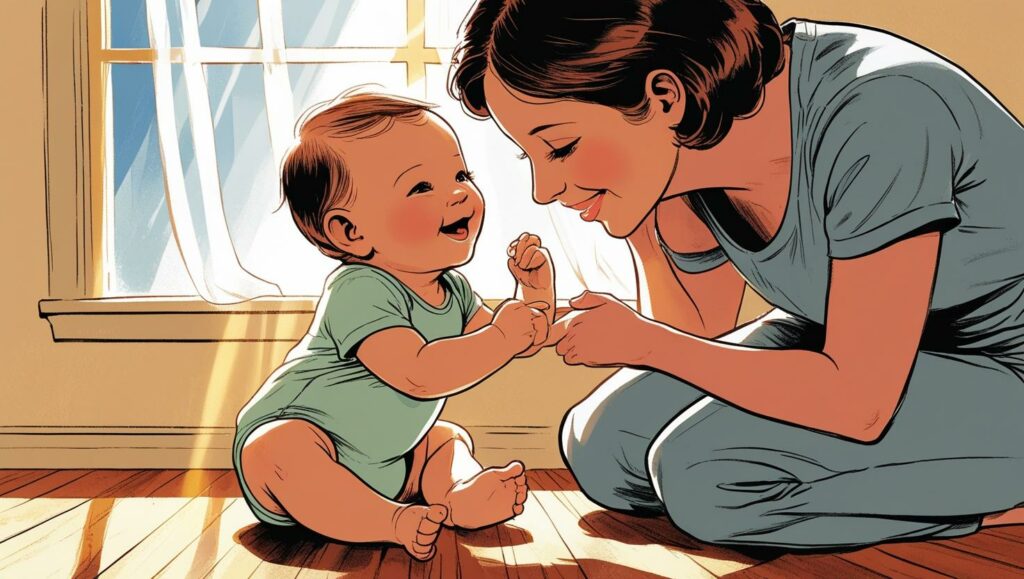

Last Updated - September 24, 2025
Top tips series: supporting your child’s development through positioning and play
From the moment your child begins to explore, play becomes a powerful way for them to learn about the world. One simple but effective way to support their development is through positioning—how and where you place yourself during play.
Being at your child’s level, making eye contact, and staying close enough to respond to their cues helps build connection and encourages deeper engagement in play. This also helps your child feel safe, seen, and supported.
Things to know:

- It can be very helpful to think about positioning yourself on the same level as your baby, in order to have better interaction with them.
- For younger babies, if you are on the floor, position yourself in front of them. If they are on your lap, have them facing you.
- As they start to move around, they will enjoy you exploring with them.
At every stage, give your child lots of positive praise. As they become a toddler, they might need reassurance and support from you as they play.
Try these at home
Here are some easy ways to use positioning and play at home:

- Floor Time Fun: Sit or lie on the floor with your child during play. Being at their level helps you connect and join in their world.
- Face-to-Face Moments: Position yourself so your child can see your face clearly—this helps with bonding and language development.
- Follow Their Lead: Let your child choose the activity and join in. This encourages independence and confidence.
- Mirror Play: Use a mirror to play face games—smiling, copying expressions, or naming body parts.
- Outdoor Exploration: Sit beside them in the garden or park and talk about what they see, touch, and hear.
- Toy Rotation: Position toys within reach but not all at once—this encourages curiosity and movement.
Helpful Websites
- For more information on helping your child to communicate, visit How can I help my child communicate with me? – CBeebies Parenting
- Torbay Family Hub Digital – Child development 0 – 5 years
- Parent Talk by Action for Children, Communication, social and emotional development, neurodiversity and support for additional needs
